Austin’s reputation as the Live Music Capital of the World, with legendary BBQ joints on every corner, is well-deserved. However, visitors who limit themselves to these iconic experiences miss the rich tapestry of activities that makes this Texas capital truly special.
Beyond the crowded concert venues and smoky meat palaces lies a diverse city with natural wonders, artistic endeavors, and quirky traditions that reveal Austin’s multifaceted character. Here is a list of 14 exceptional Austin experiences that showcase the city’s unique personality without a guitar riff or brisket slice in sight.
Barton Springs Pool
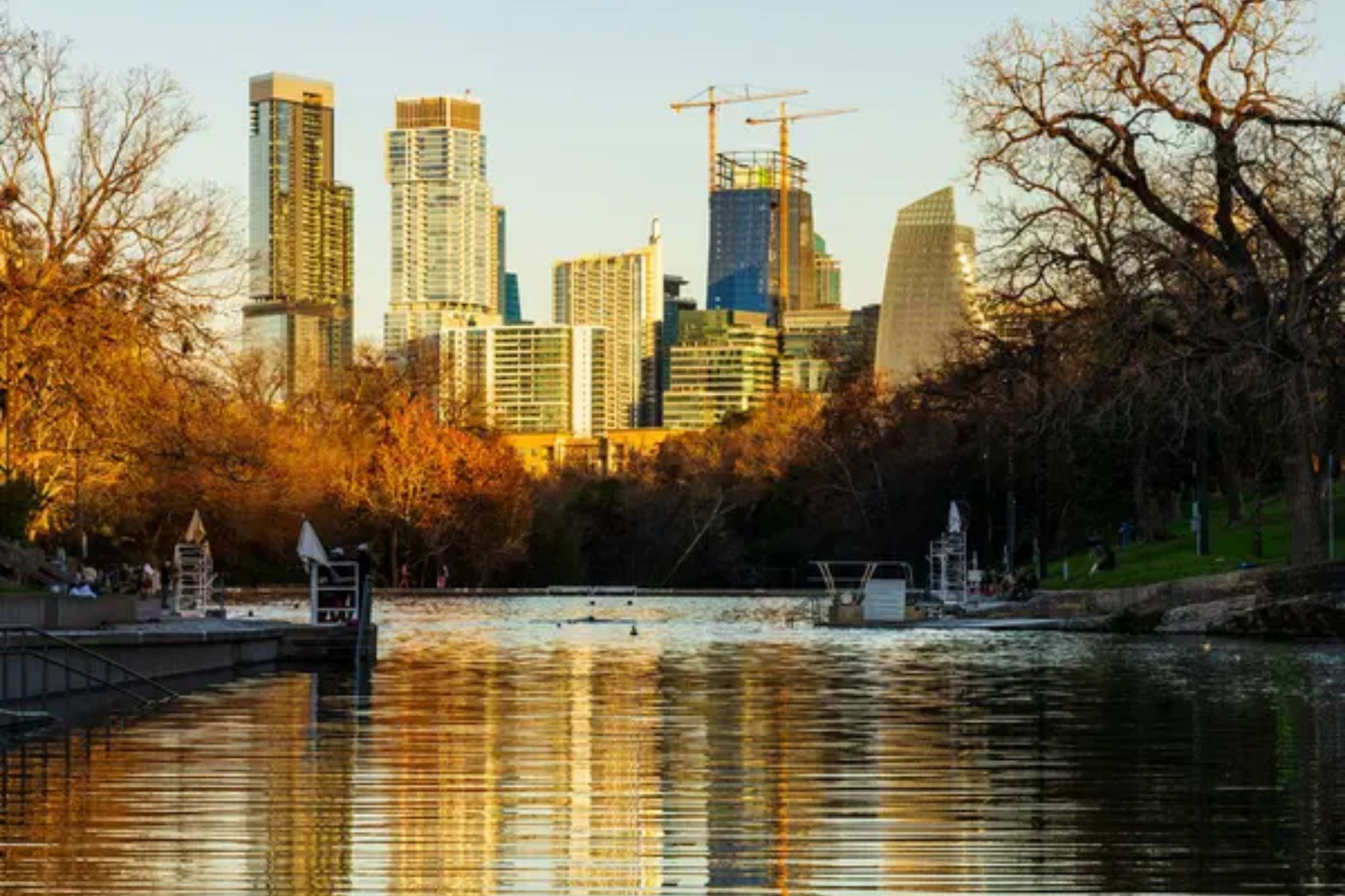
This natural limestone pool maintains a refreshing 68-70 degrees year-round, providing the perfect escape from Texas heat regardless of season. The three-acre swimming space draws an eclectic mix of residents, from early-morning lap swimmers to sunbathing university students to families seeking weekend relief.
The springs also host an endangered salamander species, making this more than just a swimming spot but an ecological treasure hidden in plain sight.
Congress Avenue Bridge Bats

Every evening from March to November, North America’s largest urban bat colony emerges from beneath the Congress Avenue Bridge in a spectacular display that draws crowds from around the world. Nearly 1.5 million Mexican free-tailed bats spiral upward in a tornado-like formation before dispersing to consume nearly 20,000 pounds of insects nightly.
This natural phenomenon occurs in the heart of downtown, creating a surreal juxtaposition of wildlife and urban landscape that epitomizes Austin’s blend of nature and city.
Lady Bird Lake Hike-and-Bike Trail
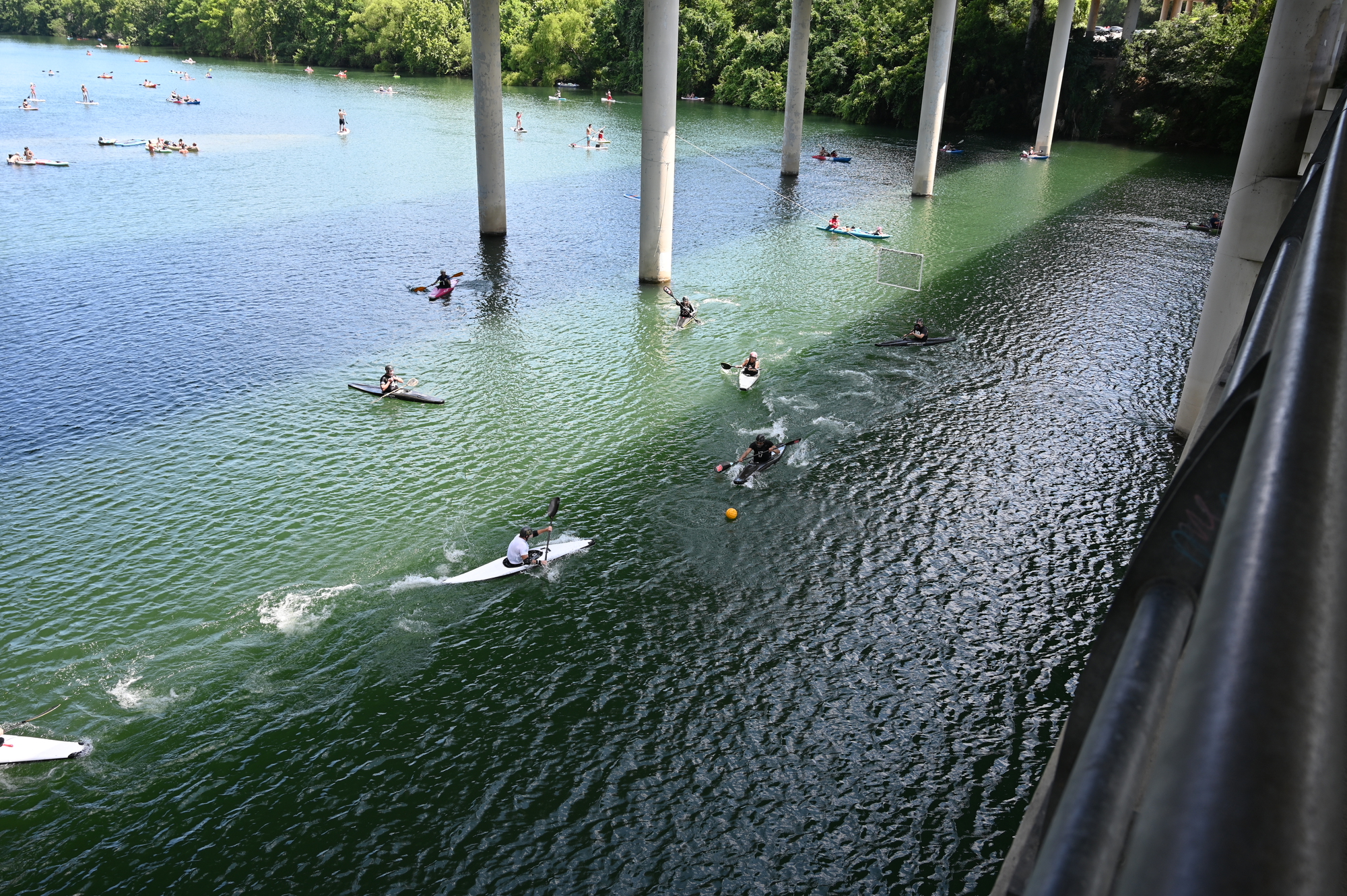
This 10-mile urban trail loop encircles Lady Bird Lake, offering stunning skyline views while providing a car-free pathway through the heart of the city. The trail sees more than 4.4 million visits annually from runners, cyclists, walkers, and stroller-pushing parents seeking connection with both nature and community.
Recent trail expansions include architectural features like the Boardwalk and various pedestrian bridges that have become iconic pieces of Austin’s evolving landscape.
Like Travel Pug’s content? Follow us on MSN.
Zilker Botanical Garden

These 26 acres of cultivated gardens nestled within Zilker Park offer a tranquil retreat showcasing plants from traditional Japanese gardens to prehistoric dinosaur-era species. The Hartman Prehistoric Garden features plants that existed when dinosaurs roamed Texas, based on actual dinosaur tracks discovered during construction.
The gardens transform seasonally, with different collections reaching peak beauty throughout the year, ensuring return visits consistently offer new experiences.
Cathedral of Junk
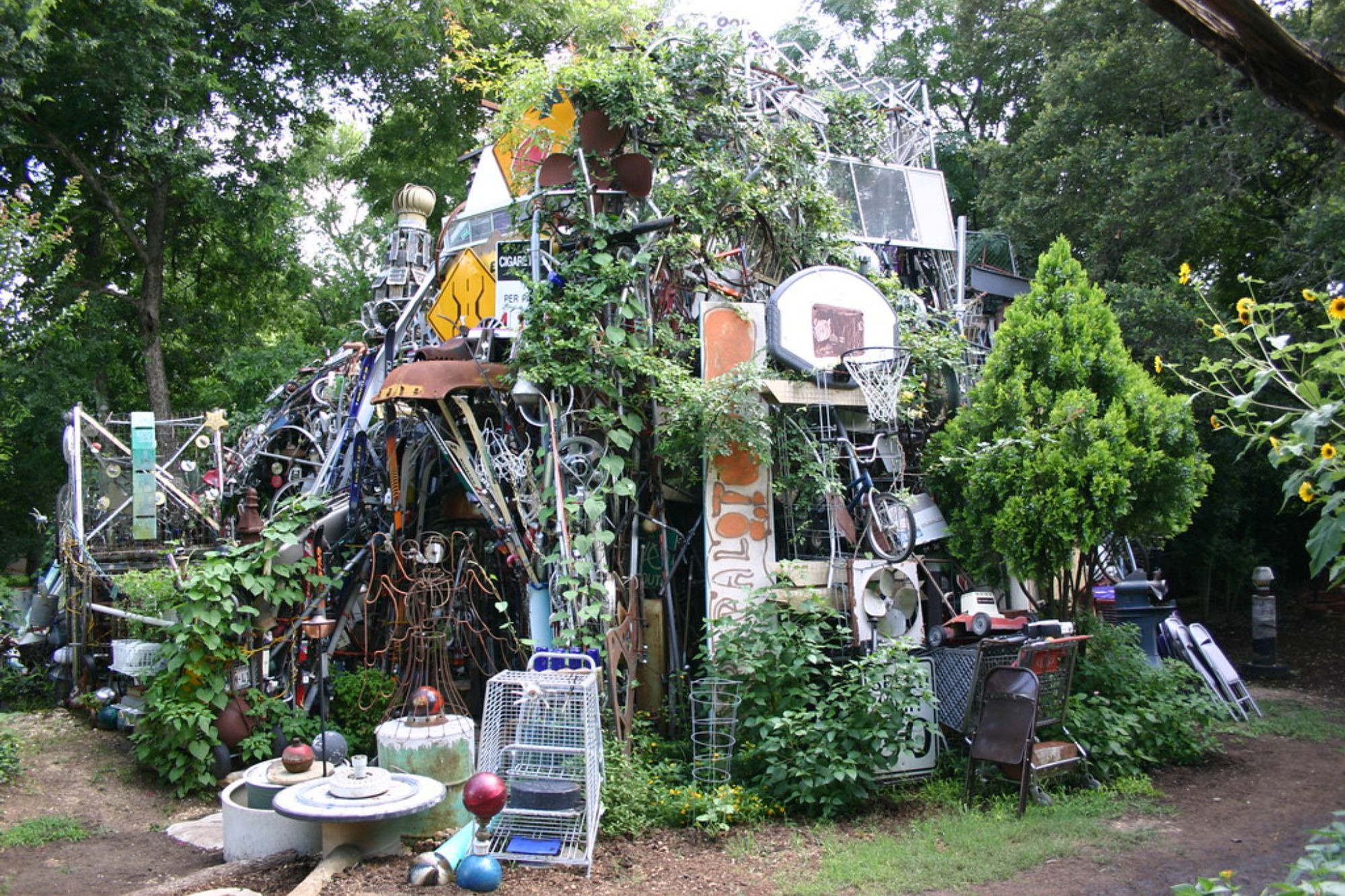
Hidden in a suburban South Austin backyard stands a 60-ton, multi-story structure built entirely from discarded items collected over three decades by local artist Vince Hannemann. The Cathedral rises nearly 33 feet tall and consists of over 60 tons of bicycles, car parts, kitchen utensils, street signs, and countless unidentifiable objects arranged into surprisingly beautiful patterns and passages.
This folk art masterpiece perfectly captures Austin’s ‘Keep It Weird’ ethos while transforming everyday trash into an immersive artistic environment.
Mount Bonnell

Standing 775 feet above sea level, this limestone outcrop offers panoramic views of the city skyline, Lake Austin, and the Hill Country beyond from the highest point in Austin. The short but steep 106-step climb rewards visitors with a perspective that contextualizes how the city sits at the intersection of four distinct ecological regions.
Sunset gatherings here have marked special occasions for Austinites since the 1850s, creating a tradition that connects modern visitors with generations past.
Like Travel Pug’s content? Follow us on MSN.
Laguna Gloria Sculpture Park
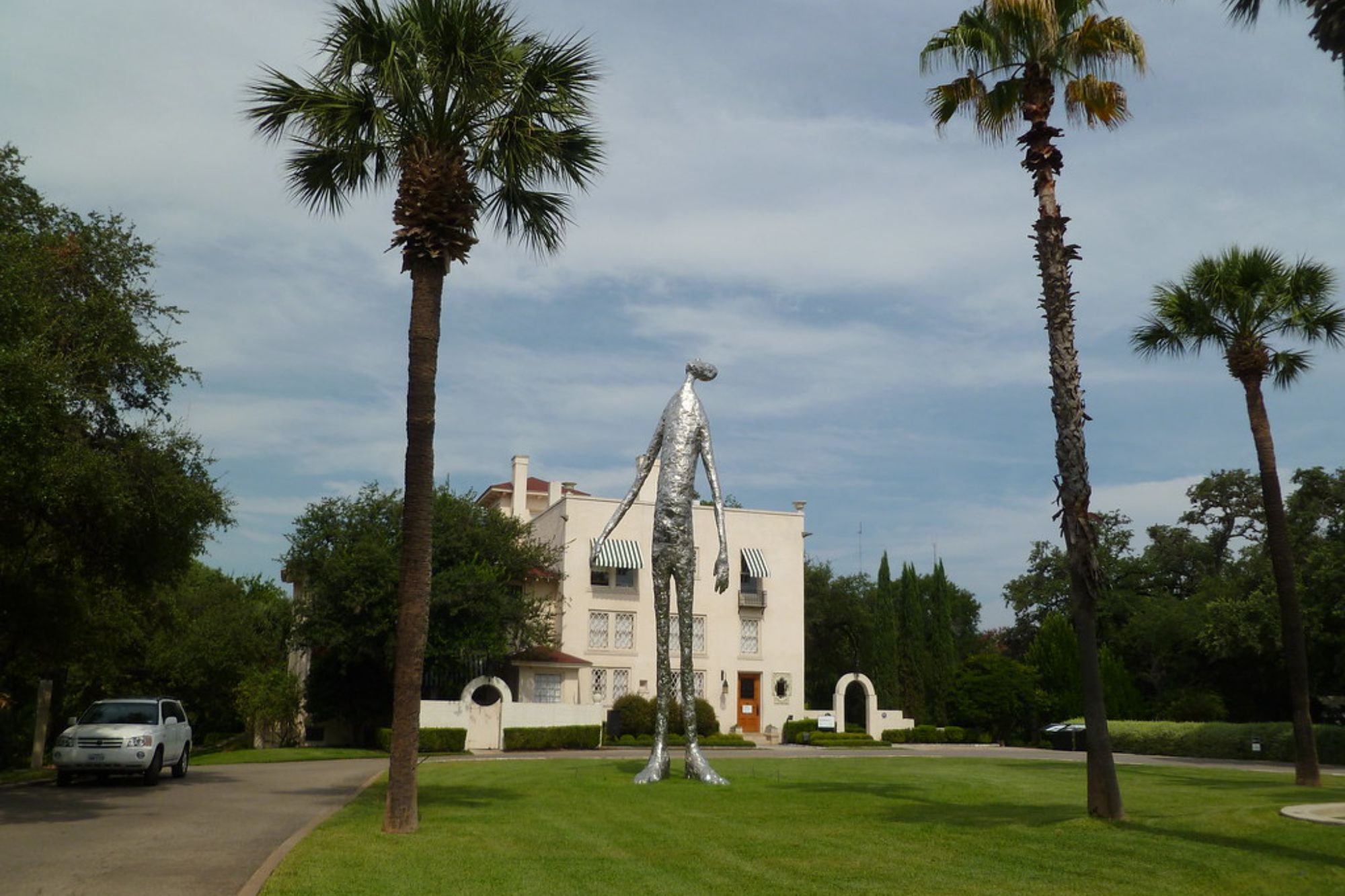
This 14-acre contemporary sculpture park situated on a historic lakeside estate showcases monumental works by international artists against a backdrop of lush gardens and Lake Austin waterfront. Contemporary Austin uses this unique outdoor setting to display works that interact with natural light, weather, and seasonal changes in ways impossible in traditional museum settings.
Walking paths wind through native and adapted landscapes, creating surprising moments of discovery as sculptures reveal themselves among the foliage.
Mayfield Park and Preserve

This historic cottage and gardens from the 1920s feature something unexpected in Texas—dozens of free-roaming peacocks that strut across manicured lawns and occasionally display their magnificent tail feathers. The 2-acre historic garden contains stone walls, water features, and cottage gardens, while the surrounding 21-acre nature preserve offers hiking trails through native Texas habitat.
The resident peacocks descended from a pair gifted to the original owners in 1935 and now serve as unofficial ambassadors for this hidden gem.
Umlauf Sculpture Garden

Tucked behind Zilker Park, this peaceful garden displays dozens of bronze and stone sculptures by Charles Umlauf in a setting designed to showcase art within nature rather than against it. The sculptures, ranging from realistic human forms to abstract expressions, sit among waterfalls, native plants, and winding pathways that encourage contemplative viewing.
The garden occupies the former home and studio of the artist, adding biographical context to the artwork displayed throughout the grounds.
Like Travel Pug’s content? Follow us on MSN.
Lady Bird Johnson Wildflower Center
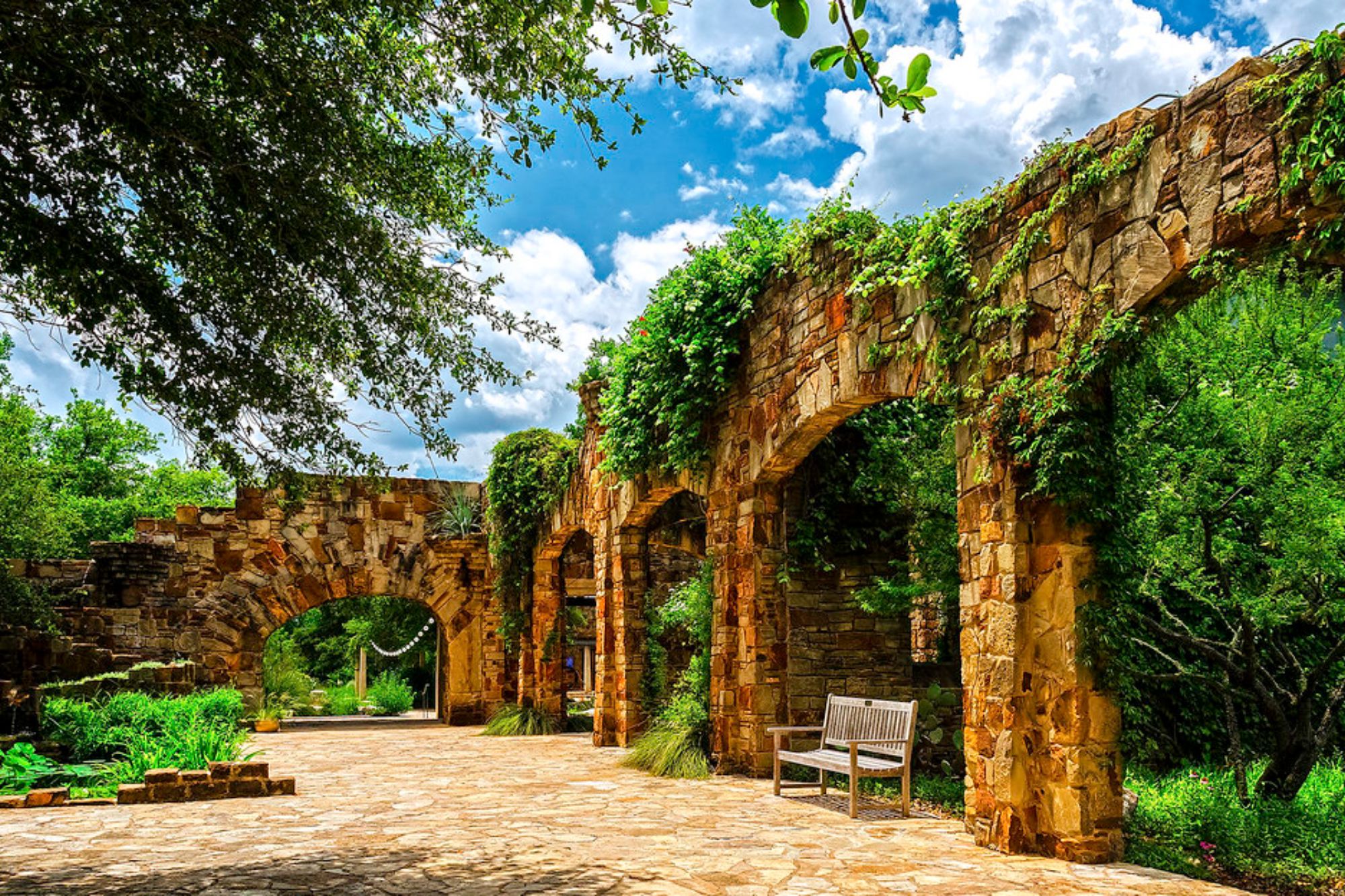
This 284-acre botanic garden and research center founded by the former First Lady showcases the beauty and ecological importance of native Texas plants through both curated gardens and natural areas. The center features nearly 900 native Texas species arranged in themed gardens that demonstrate how indigenous plants can create landscapes more beautiful and sustainable than conventional exotic plantings.
Spring brings spectacular bluebonnet displays, while different wildflower species create changing color palettes throughout the growing season.
Hamilton Pool Preserve
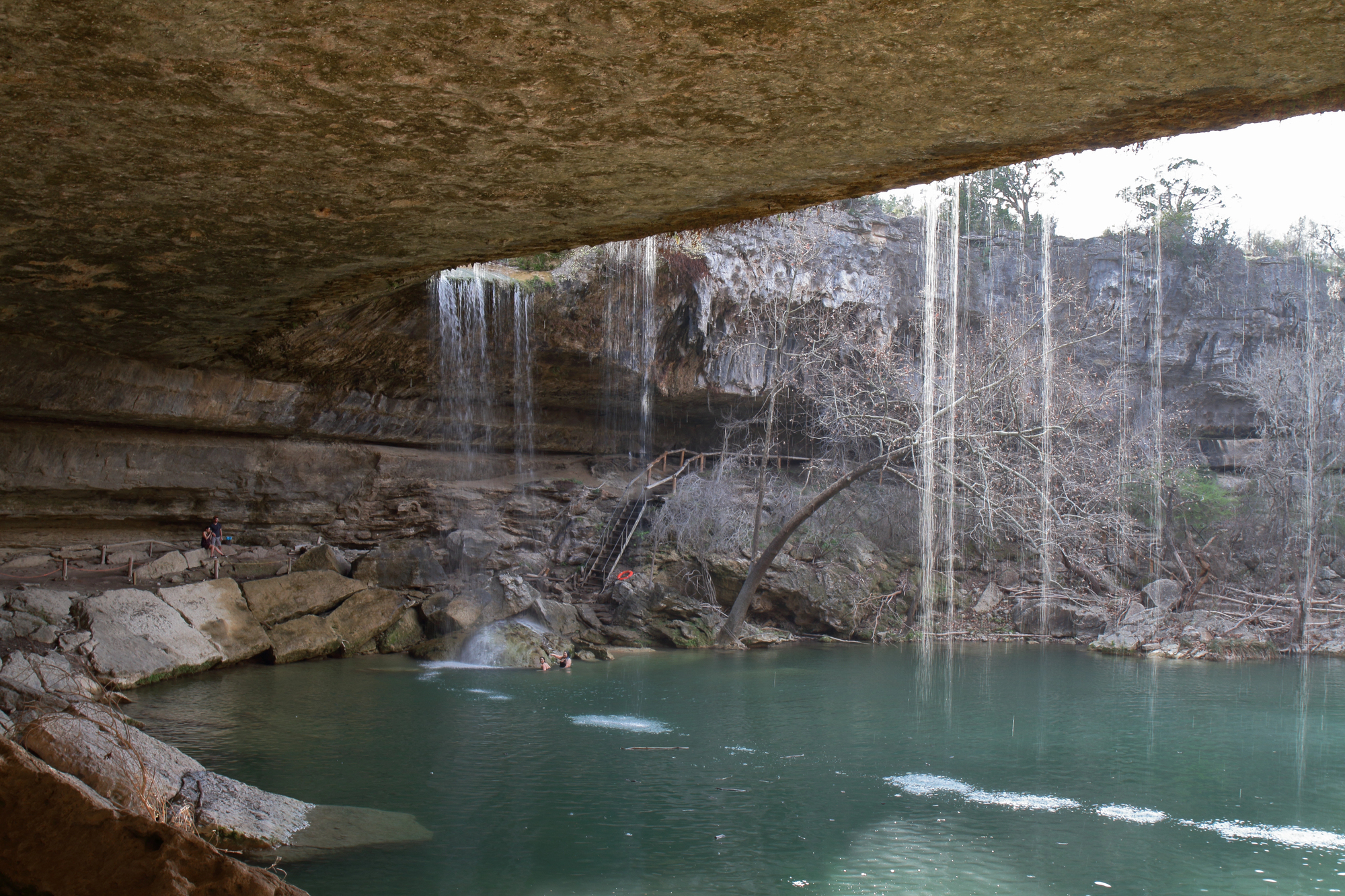
This collapsed grotto and canyon formed thousands of years ago when the dome of an underground river eroded, creating one of Texas’s most photographed natural features. A 50-foot waterfall spills over limestone outcroppings into a jade-green natural pool surrounded by steep canyon walls dotted with ferns and moss.
The preserve requires reservations months in advance during summer, but off-season visits offer equally striking views, with fewer visitors to this geological wonder located just 23 miles west of Austin.
Blanton Museum of Art
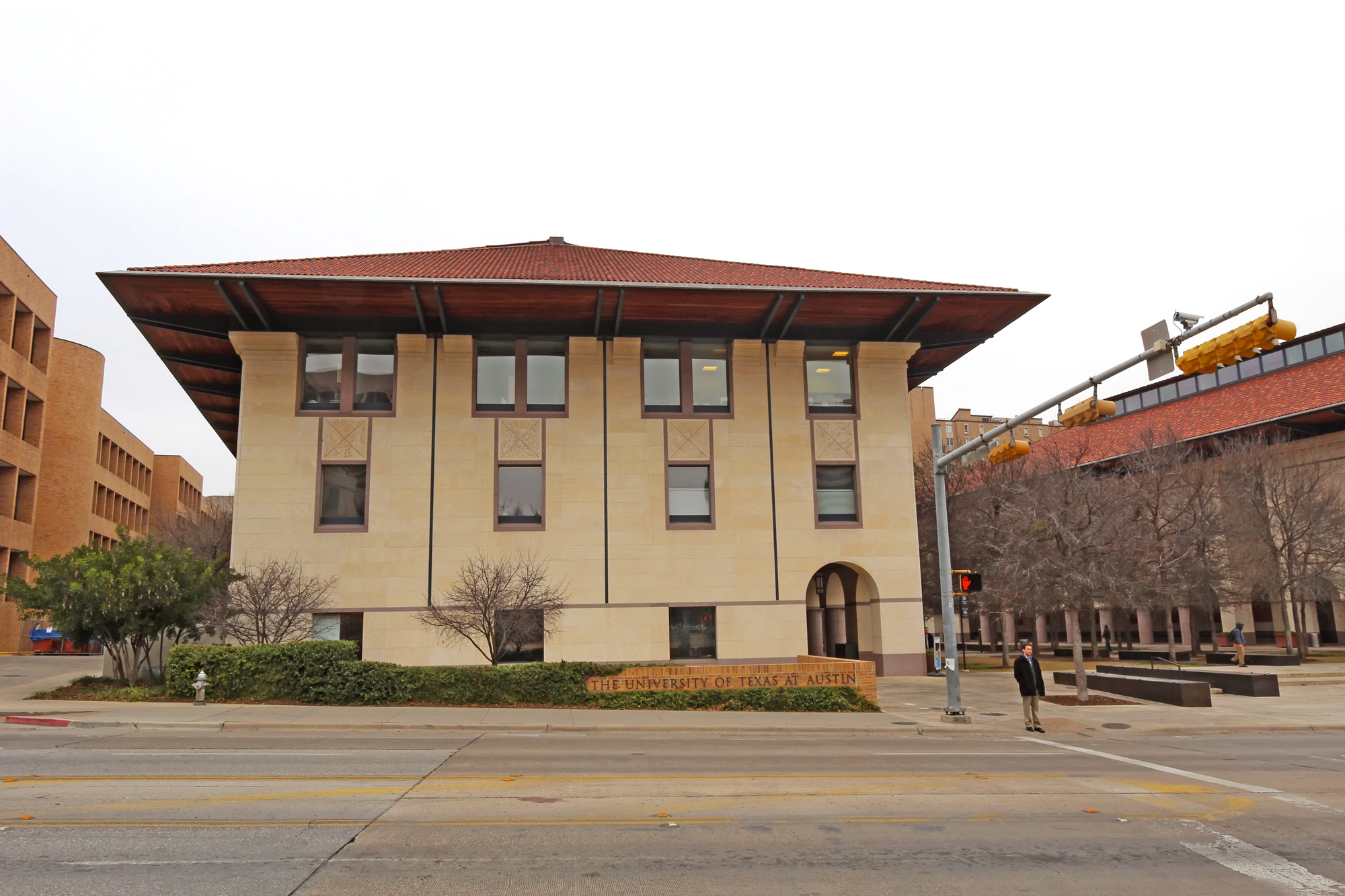
Housing more than 21,000 works, the Blanton stands as the largest university art museum in the country, with particularly strong collections of Latin American art, Renaissance and Baroque paintings, and contemporary American works. The museum’s crown jewel, Ellsworth Kelly’s ‘Austin’ chapel, uses colored glass windows to create an immersive light experience that changes throughout the day.
Blanton’s thoughtful curation creates conversations between works from different periods and traditions that challenge conventional art historical narratives.
Like Travel Pug’s content? Follow us on MSN.
Uncommon Objects
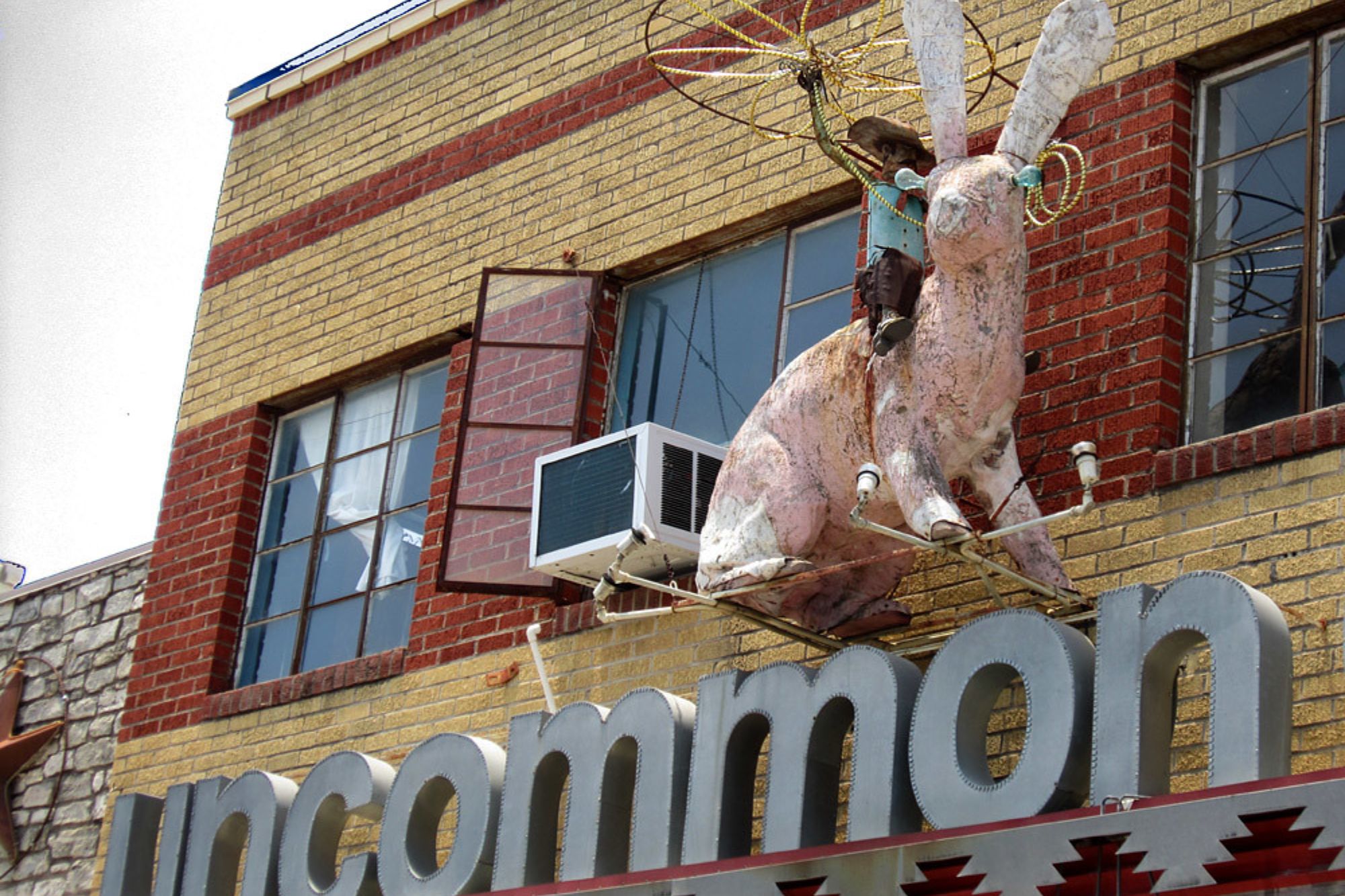
This self-described ’emporium of transcendent junk’ in South Austin assembles vintage oddities, antiques, and curiosities into carefully curated vignettes that blur the line between retail store and installation art. Unlike typical antique malls, the shop arranges items thematically—Victorian mourning jewelry might neighbor vintage medical instruments or mid-century tourist souvenirs—creating unexpected juxtapositions that tell stories about American material culture.
Even visitors with no intention to purchase find themselves absorbed in this museum-like collection of everyday artifacts from bygone eras.
McKinney Falls State Park
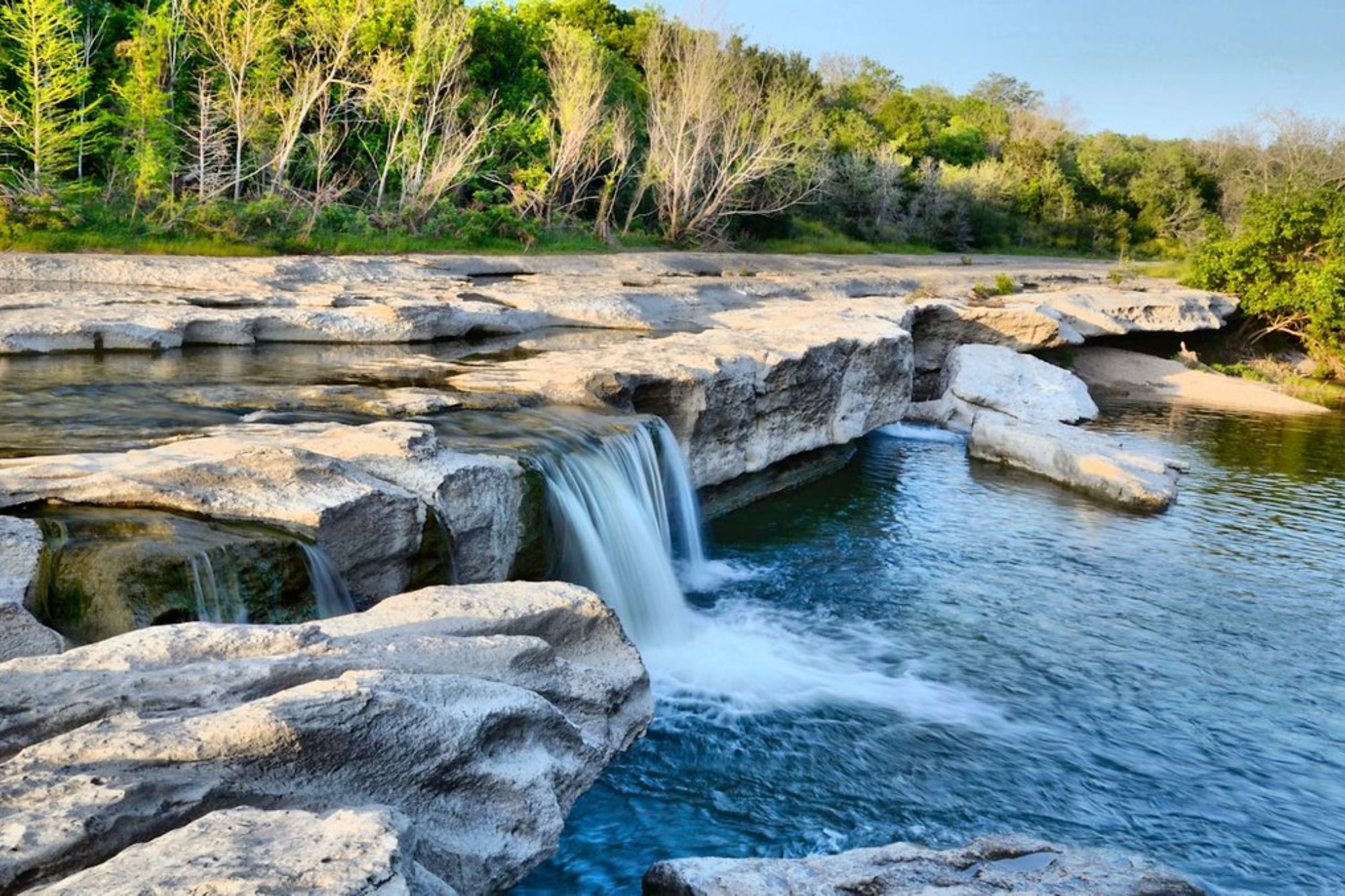
Located surprisingly within Austin city limits, this 726-acre state park features limestone swimming areas, waterfall features, and nearly nine miles of hiking trails through juniper and oak woodlands. The park’s centerpiece falls formed where Onion Creek crosses limestone ledges, creating both Upper and Lower Falls with distinct swimming areas popular with locals seeking nature without a long drive.
Ancient rock shelters and prehistoric sites within the park boundaries evidence human habitation dating back over 8,000 years.
Beyond the Expected

Austin reveals its true character not through the familiar tropes of guitars and smoked meats but through these alternative experiences that showcase the city’s commitment to preserving natural spaces, fostering artistic expression, and maintaining eccentric traditions. These fourteen destinations offer a more nuanced understanding of what makes the Texas capital unique—a place where natural beauty, creative energy, and historical preservation coexist in surprising harmony.
The next time someone suggests yet another music venue or BBQ joint, gently redirect them toward these experiences that locals treasure as the authentic soul of their ever-evolving city.
More from Travel Pug

- Cities Growing so Fast You Won’t Recognize Them in 10 Years
- 13 Destinations Where Tourists Regularly Regret Their Trip
- 20 Obscure WWII Sites Even History Buffs Don’t Know About
- 10 Under-the-Radar Mountain Towns That Are Both Affordable and Beautiful
- Remote Villages in Europe Where You Can Live for Free in Exchange for Work
Like Travel Pug’s content? Follow us on MSN.
